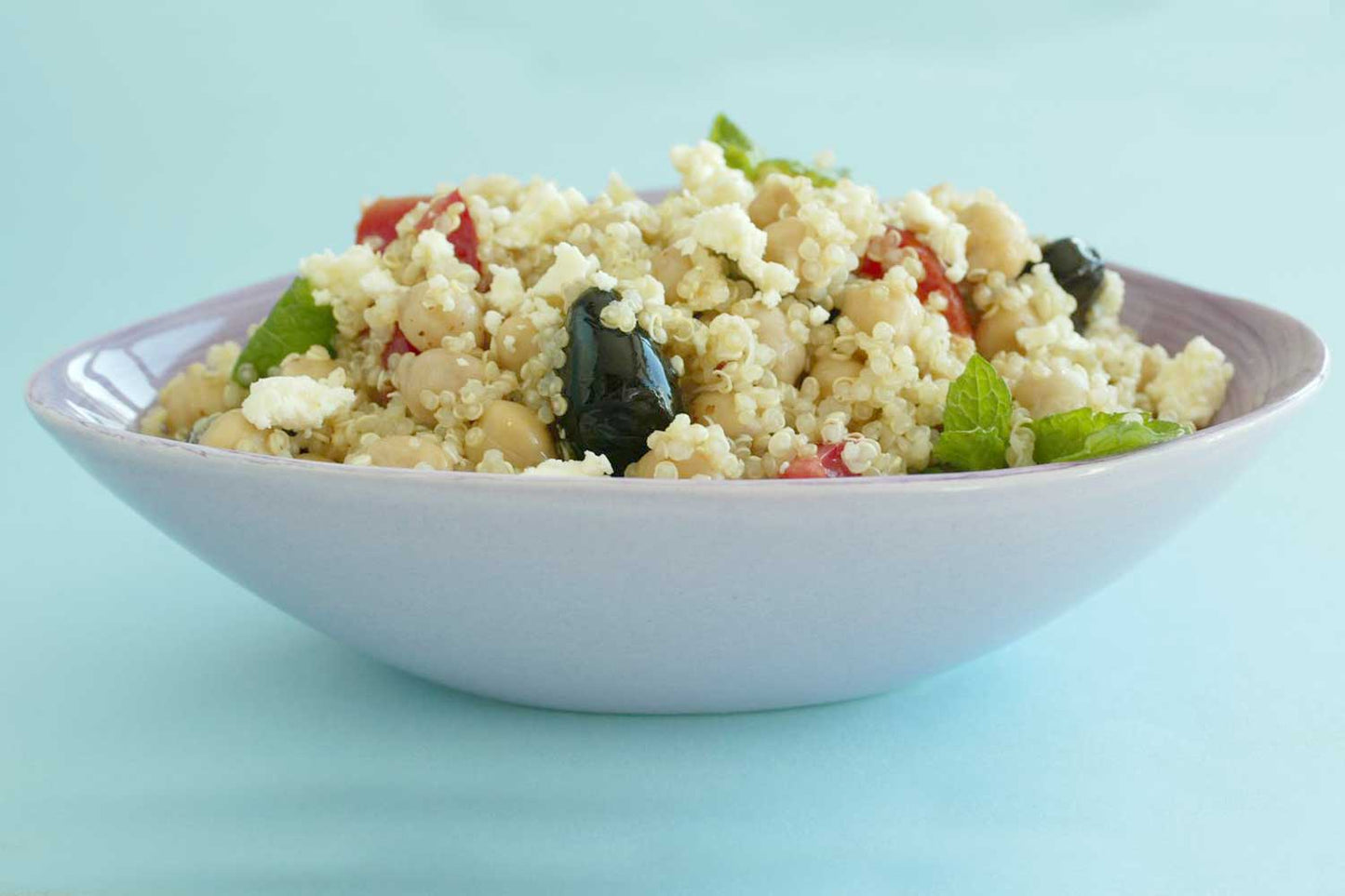
After a third year of growing the South American grain quinoa in the Moawhango Valley Dan and Jacqui Cottrell plan to start selling it in zip locked pouches labelled "Kiwi Quinoa".
Last season they had three hectares of the crop. This season it's 10ha, all on the family sheep and beef farm on the Taihape-Napier road.
Last year they harvested about a tonne of quinoa per hectare. This year they've put in a lot more effort and may get double that amount.
The grain is ripe and dry now, and should be harvested in about 10 days, Mr Cottrell said.
He and his Australian agronomist wife Jacqui returned to live on his family's 600ha sheep and beef farm in September 2015. They tried growing quinoa because they had seen it grown in the Andes in country that looked similar.
At that time New Zealand was importing 280 tonnes of quinoa a year. It was reputed to be a "superfood", high in protein.
In their third year of growing they have "thrown the kitchen sink at it", Mr Cottrell said.
The 10ha they chose was flat to rolling on a hilly farm. It had been hay paddocks. They did soil tests, added lime, dolomite, potash, magnesium and general fertiliser. They sprayed out the pasture, then ploughed and cultivated.
Then they left the ground fallow for a month, and sprayed any weeds that emerged. On October 19 they sowed quinoa seed saved from the 2016 crop. It went on the ground as thickly as a wheat or barley crop.
The plants were then side dressed with urea, by helicopter, as they were growing.
"It will grow in the most hostile climates, but you still get what you put in," Mr Cottrell said.
The result was good growth and very few weeds, so that no herbicide was needed as the crop was growing. The Cottrells can still call their crop "spray-free".
"We are doing all the fallow and sowing at a certain depth. That's how we are getting away with the no herbicide thing. Lots of cropping farmers were doing that before there were selective herbicides."
Two weeks ago a big blow hit, and snapped the dry stalks of the grain. Such breakages are faily common for grain crops, and this can still be harvested using "lifting fingers" to scoop it off the ground.
Next the crop will be mown and made into windrows. It will be harvested in in just a few hours by a combine harvester with changed settings.
The Cottrells now hope there isn't much rain before the harvester arrives. Rain can cause decay to begin, and discolour the grains. People like white or tan quinoa, Mr Cottrell said.
The grain will then be cleaned by Valhalla Seeds in Palmerston North. It will be sent in bulk to a packaging company, for individual packaging in retail packs.
The labels will say "Kiwi Quinoa" with a picture of the crop, viewed through standing stalks. Marketing is being done by Mr Cottrell's sister Georgia, who lives in Auckland, and through social media.
"It's a completely new thing, and it's all trial and error," he said.
Mr Cottrell is happy with the steady, cautious expansion of the business, but said it needed to keep growing. About 30ha would be needed to get the right economy of scale.
Some of those hectares will have to be leased, because flatter paddocks are at a premium for the family sheep and beef farm.
"Everyone who had got a flat paddock has it in a forage crop or a hay paddock," he said.
Author: Laurel Stowell
Source: NZ Herald
